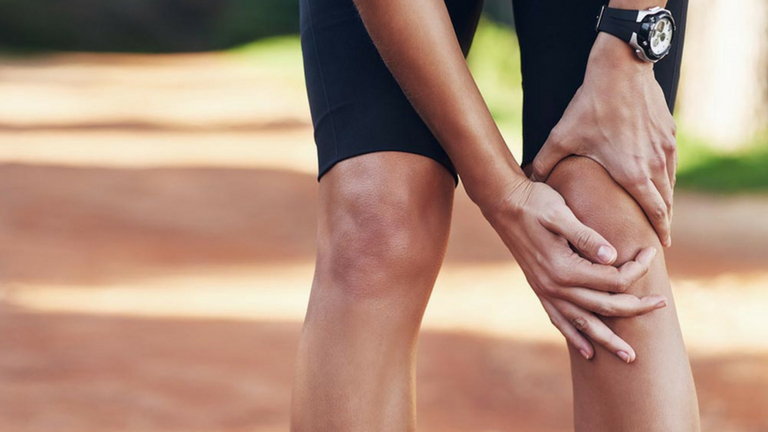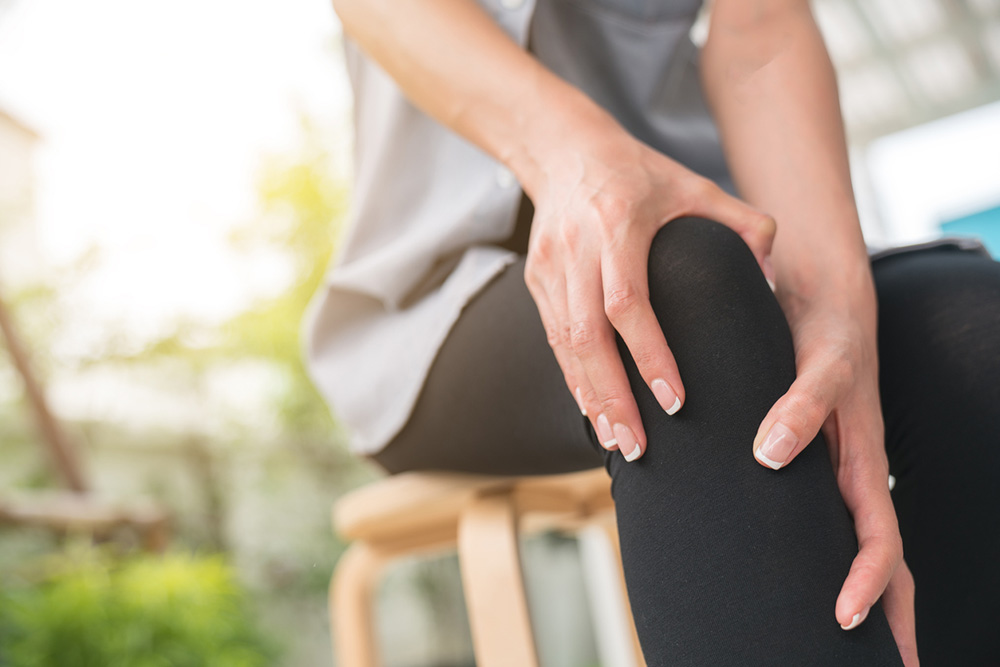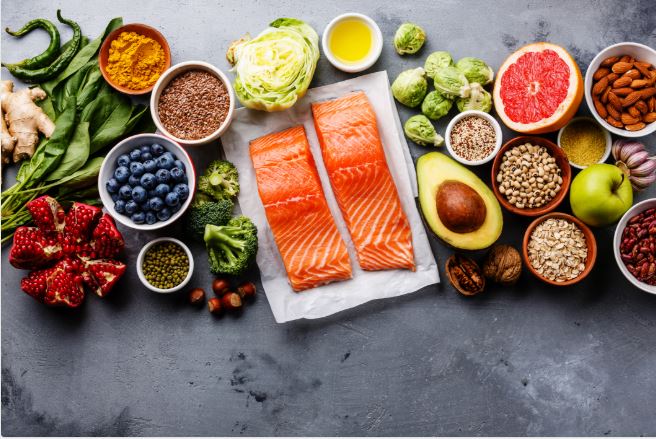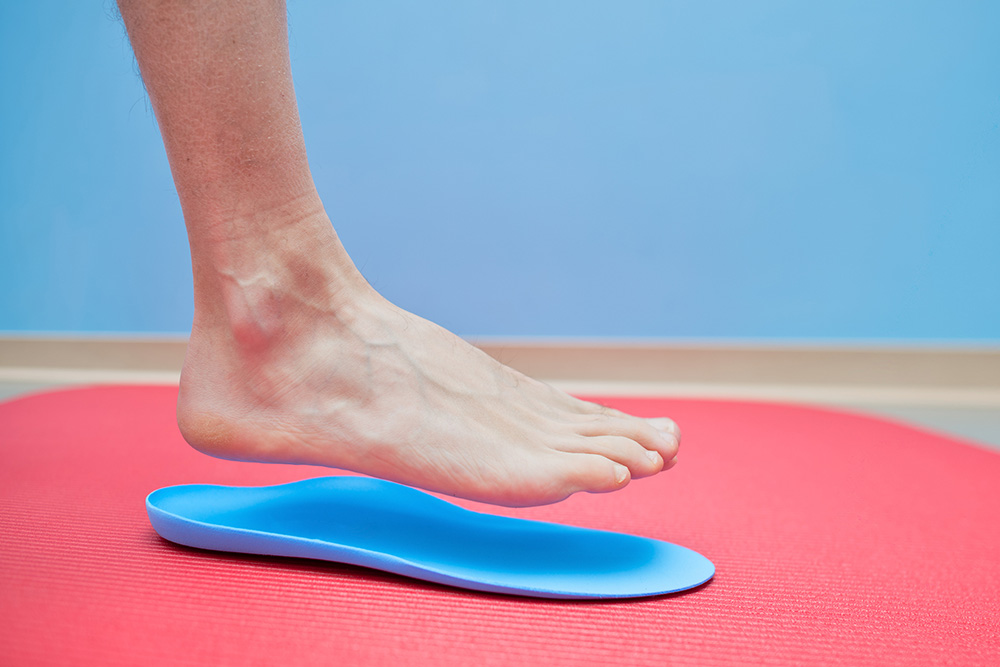Paddy McGuinness revealed he is suffering from arthritis aged 44 and having painful steroid injections to help ease the pain. Leading osteopath Oliver Eaton shares the causes, symptoms and pain free natural treatments for osteoarthritis
Take Me Out host Paddy McGuinness has revealed he is suffering from arthritis at the age of 44. Paddy is having to take painful steroid injections as a result of the condition. Arthritis is a common condition that can develop in adults from around the age of 40.
‘Let the shoulder see the injection’ – the steroid injections, although painful, help to reduce inflammation and provide relief to the structure and function of the joint.
Fans of the presenter were shocked at this revelation after watching Paddy on Monday evening, where he showed off his football flair taking part in the Soccer Aid charity football match.
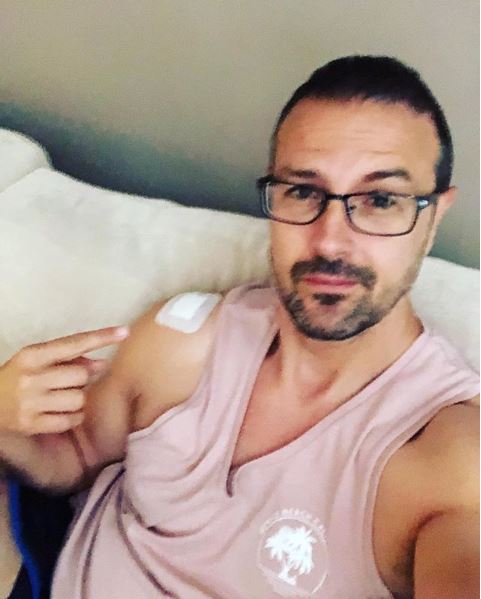
Osteoarthritis is the most common type of arthritis, causing stiff and painful joints, including the shoulder joint. Osteoarthritis mostly affects the older population, however it can also affect younger people especially if there has been a previous injury to a joint.
Reports on joint pain in the shoulder specifically aren’t as common as other areas, however in the UK it is estimated to be around 7%, with a higher figure of 26% in the older population.
Severe cases of osteoarthritis in the shoulder will see the shoulder joint eventually replaced by a shoulder prosthesis.
More common than shoulder osteoarthritis is knee arthritis. Knees account for almost half of the recorded cases of osteoarthritis, with the charity Arthritis Research UK estimating it to rise to 5.4 million in 2020, and reaching 6.4 million by 2035.
The condition is a considerable burden on the NHS with an average of 90,000 knee replacements taking place each year in the UK at an average cost of £6,500 each, amounting to a total cost of over £580 million each year.
What about osteoarthritis of the knee?
With the knee being the largest joint in the body it is also the most complex. It’s functions are to allow the leg to bend, straighten and rotate, and it works with the ankles and hips to carry the weight of the body.
When a joint is affected by arthritis it becomes damaged, painful and stiff. This occurs due to the breakdown of cartilage and its inability to repair and regenerate as efficiently as other structures in the body such as muscle and skin. This inability to repair is as a result of its lack of blood supply. As the cartilage wears down, the gap between the bones narrow, causing the bones to begin to rub and form bony spurs (osteophytes).
The knee joint has an inner layer called the synovium, which can thicken and result in excess fluid building up, the most common cause of swelling in an arthritic knee. Swelling creates pressure in the knee, which can also contribute to the pain already caused by the friction of the bones rubbing.
Arthritis of any joint causes that joint to become unstable, so the supporting structures of the joint are then forced to work harder to stabilise it, leaving them susceptible to injury themselves. The supporting structures of the knee include muscles, tendons, ligaments and the meniscus. Pain and lack of mobility can have a profound impact on an individual’s life physically, socially and mentally.
What causes knee arthritis?
There are many factors involved that predispose an individual to knee osteoarthritis. Much of the population are under the impression that it’s genetics that play a large role but research is now showing other factors have more of an influence such as nutrition, lifestyle, body alignment and our environment.
Research is now showing other factors have more of an influence such as nutrition, lifestyle, body alignment and our environment.
Harvard University inspected the skeletons of 1,581 people who lived during the 19th century, and who were aged 50 or more, and compared them to those of 819 similar people who lived in the 20th century. After taking into account age and body mass index, cases of knee arthritis had doubled in the later group, which suggests that something other than age and body weight had something to do with the increase.
The big difference between the two centuries has been the rise of chemicals in our environment, foods and our cosmetics, which may well have more of an impact on the disease than the current culprits that medicine believes are responsible, the researchers say..
Arthritis treatment and prevention
Statistics show that knee replacements are considerably less successful than hip replacements and they only last an average of nine years. This leads sufferers of the condition desperate to seek alternative ways to help keep surgery at bay by both reducing pain and maintaining the health of the cartilage they have left.
The three most studied weapons available to both prevent and slow the progression of knee osteoarthritis are exercise, nutrition and wearing correct footwear.
1. Be sure to exercise
As many sufferers of arthritis are in pain, they may worry that exercise could worsen their condition. However, an overwhelming amount of research states that light forms of exercise can help slow the progression of arthritis, alongside stabilising your body weight. Cartilage is one of the only structures in the body that doesn’t have a blood supply so it’s only way of absorbing nutrition and keeping healthy is through movement.
Two types of exercise are particularly good for most people with osteoarthritis of the knee:
Get walking – Alongside it being a free form of exercise, it can be a great way to maintain the health of your knees, hips and ankles. Although it is very important to wear the right footwear whilst walking, this will be covered later on in the article. Walking can also be a great social activity too.
Try aquatic (water) exercises – If walking is too uncomfortable then this can be a great alternative form of exercise, particularly for an overweight individual. The water reduces the pressure on your joints whilst providing the resistance for your muscles to build strength.
2. The right nutrition and supplements are key
Alongside adjusting your diet to maintain a healthy weight, research has shown many different foods and supplements to reduce inflammation and pain in your joints.
Get those essential vitamins
Vitamins C and D are known to promote cartilage development and maintain the health of existing cartilage. Vitamin C strengthens cartilage and helps to reduce inflammation, while vitamin D helps prevent cartilage from breaking down.
Types of food containing vitamin C are oranges, red peppers, brussels sprouts, broccoli and strawberries.
Food such as yogurt, eggs, fortified milk, and a range of seafood are all rich in vitamin D
Omega-3 Fatty Acids are essential too
Omega-3 fatty acids should be an essential part of a diet for a sufferer of arthritis as they help to decrease inflammation by suppressing chemicals that break down cartilage.
Omega-3 fatty acids can be found in foods such as salmon, tuna, chia seeds, flaxseeds, walnuts and supplements such as cod liver oil capsules.
Add spices to your food or take them as supplements
Three main spices have been shown in research to have anti-inflammatory effects – ginger, cinnamon and turmeric are particularly potent. You can use them with food or take them as supplements.
Fill yourself with antioxidants
The role of antioxidants is to help to protect the body by destroying free radicals before they cause damage to body tissue such as cartilage in joints. Beta-carotene and bioflavonoids are powerful antioxidants.
Sources of beta-carotene include carrots, kale, broccoli, sweet potato, tomatoes, asparagus, spinach and Brussels sprouts.
Bioflavonoids can be found in onions, leeks, kale, broccoli, green tea, blueberries and cherry tomatoes.
3. Check you have the right footwear & orthotics
One of the least appreciated weapons against arthritic pain in the knee specifically is footwear. The majority of x-rays of arthritic knees show only one side of the knee is affected by cartilage wear. The reason being is because poor alignment of the ankles and feet change the angle of the knee, causing an individual to bare their body weight more onto one side of the knee, eventually causing it to wear down. Many studies have shown that wearing supportive shoes and orthotics that keep the foot and ankle in proper alignment can considerably reduce pain and swelling in people suffering from knee osteoarthritis.
When looking for footwear to support your ankles and feet you need to consider the following:
Shock Absorption, does the sole of the footwear allow for efficient shock absorption.
The most important requirement for suitable footwear is arch support. Fallen arches are the most common cause of the angle changing at the knee and promoting friction of the bones.
Do you have an adjustable strap or laces to keep your ankle stable?
High heels wont help. High heels cause pressure at the front of your feet. Opt for low heels instead.
4. Prolozone Therapy
In recent years, Prolozone Therapy has been making a name for itself in the medical community across the world, for its ability to prevent risky knee replacement surgery in individuals suffering from knee arthritis. The natural therapy was pioneered by an American doctor, Dr Frank Shallenberger. The name “Prolozone Therapy” is derived from the Latin word “prolix” which means to proliferate, regenerate and rebuild. Prolozone Therapy is so named because the treatment uses natural compounds to cause the proliferation, regeneration and rebuilding of cartilage alongside other structures within the knee that have suffered degeneration or become painful and weak.
The three most studied weapons available to both prevent and slow the progression of knee osteoarthritis are exercise, nutrition and wearing correct footwear
The reason cartilage degenerates is because it is one of the only structures in the body that doesn’t have a blood supply. When you cut your skin, it heals over and grows back as it’s got a blood supply, unfortunately cartilage doesn’t have that luxury. The injected natural compounds stimulate stem cell production; these are the primary cells the body uses to repair and regenerate damaged body tissue, including cartilage.
Prolozone Therapy has shown to not only repair cartilage but also to repair and strengthen the ligaments within the knee, which have been put under additional strain from the instability arthritis causes within a joint. Prolozone Therapy strengthens and stabilises the knee joint as a whole, and in the majority of cases significantly reduces pain and stiffness. Its impeccable safety record has been the reason why thousands of people across the world have chosen it as an effective, non-invasive alternative to knee replacement surgery.
While osteoarthritis in the knees can be a very debilitating condition, it is important to remember that there are plenty of things you can do to reduce the symptoms and get back to enjoying many of the simple things in life that many others take for granted.
ABOUT THE AUTHOR:
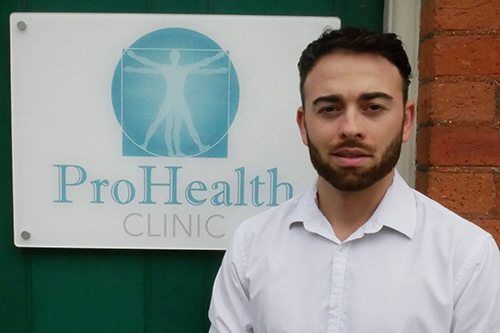
More Healthista content:
8 ways a walk in the woods could change your life
53 supplements these top nutritionists take themselves
6 causes of lower back pain and how to fix them without painkillers
Like this article? Sign up to our newsletter to get more articles like this delivered straight to your inbox.



